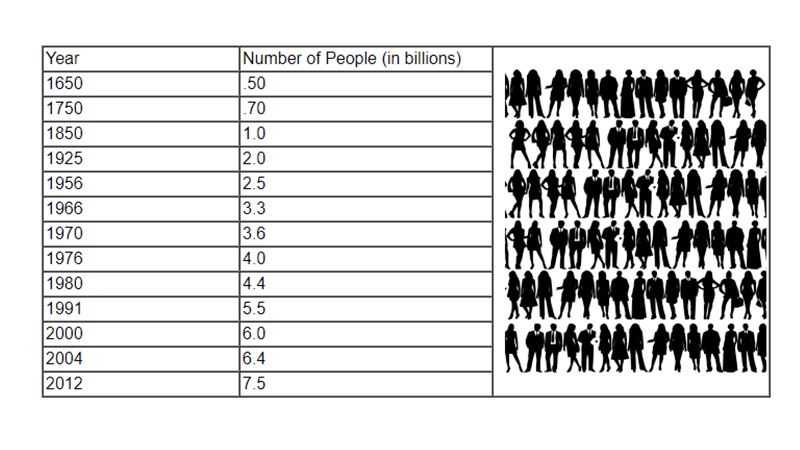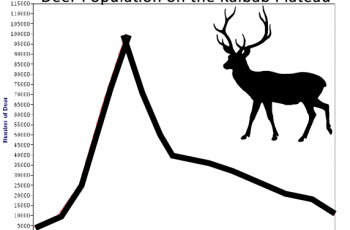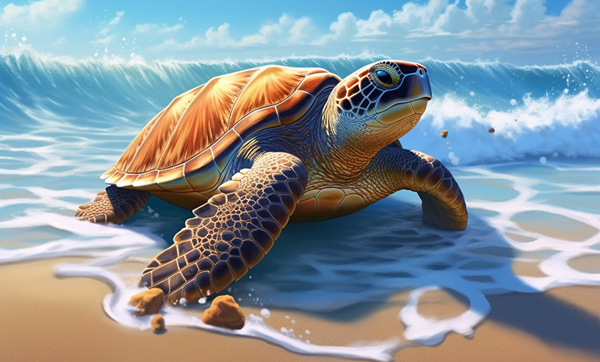Tag: population
-
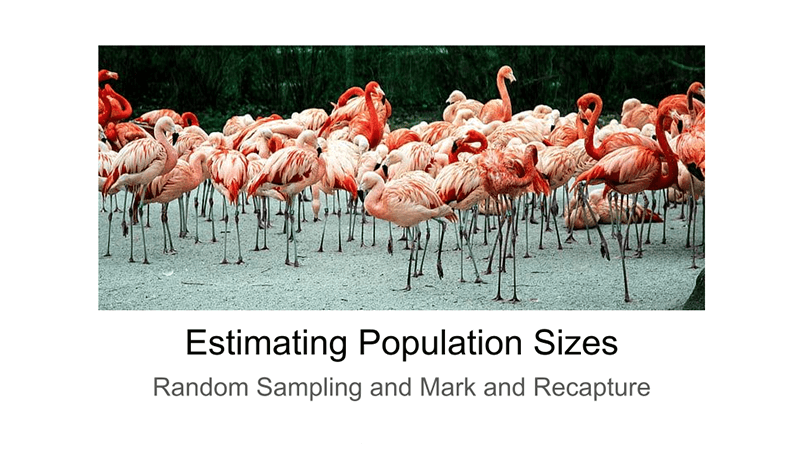
Estimating Population Size – Remote Learning Unit
Population growth studies are a common element to studies in ecology in my basic biology class. Students learn about exponential and logistic growth the impacts populations have on the environment. As part of this unit, I have had students simulate techniques used to estimate the size of a populations. I have toys packed in bags…
-
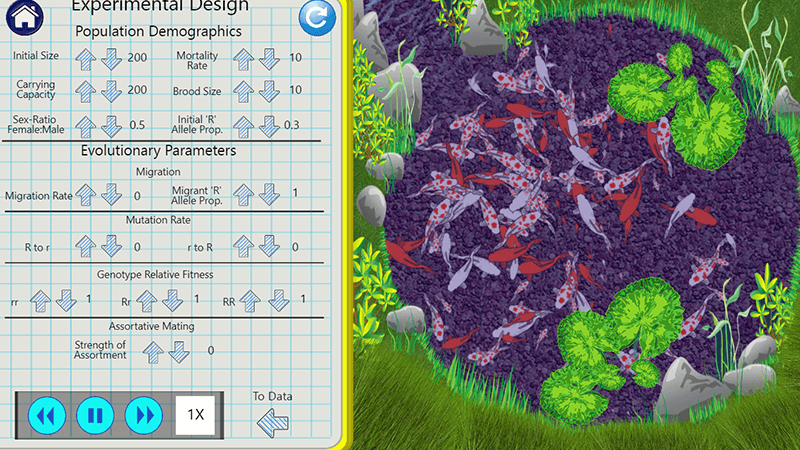
Population Genetics in a Fishbowl
Students learn about Hardy-Weinberg equilibrium by exploring a virtual population of koi fish. This virtual lab allows students to run experiments where they can change variables, like population size, migration rate, mutation rate, and fitness of two separate alleles. The alleles being studied control the coloration of the fish. Fish can either be white, gold,…
-
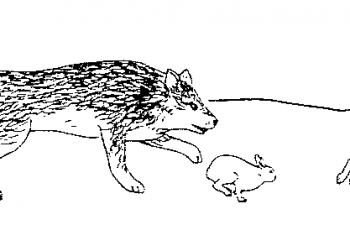
How Do Bunny Populations Change Over Time?
A set of images show how rabbits change over time as a result of selective pressure from wolf predation. Students match each graphic with one of the four steps of evolution on the VIDA chart: variation, inheritance, differential survival, and adaptation.
-

Measuring Biodiversity Using Beans
Students analyze a community of beans (pinto, lima, navy) to determine the richness, abundance, and biodiversity index of two communities.
-
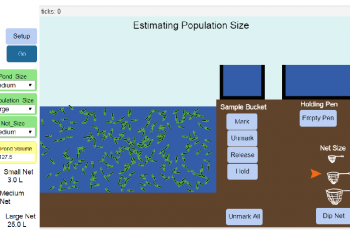
Estimating Population Size: A Netlogo Simulation
Students learn how the “mark and recapture” technique can be used to estimate population sizes by using a netlogo simulation that allows students to alter variables such as population size, and number of individuals marked.
-
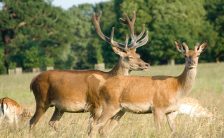
Investigation: Estimating Population Size
In this investigation, students simulate how mark and recapture techniques are used to estimate population size. Prepare populations in advance by gathering 60-150 small objects, like toy spiders, beans, or beads. Toy animals seem to be more exciting for students, and you can sometimes find them at dollar stores. In my class, I…
-
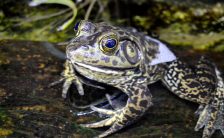
Case Study – Are Invading Bullfrogs Harmful?
Students follow a story about an ecologist and a student who are studying the population size of bullfrogs in California. These amphibians are considered an invasive species in that area and have been causing the decline of native species. Students learn concepts related to community interactions and learn one species can cause the decline…
-
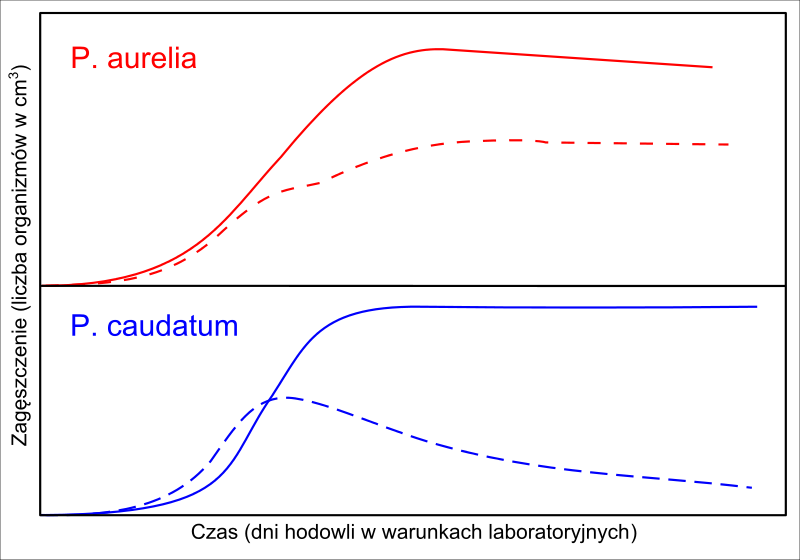
Population Biology with Paramecium
Activity illustrates the competitive exclusion principle by showing students how each population behaves when grown alone or when mixed together.
-
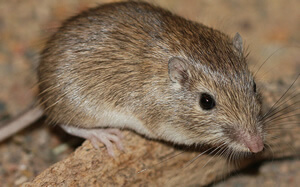
Hardy Weinberg and the Pocket Mouse
Use Hardy Weinberg equilibrium to analyze data of rock pocket mouse populations in the desert.


